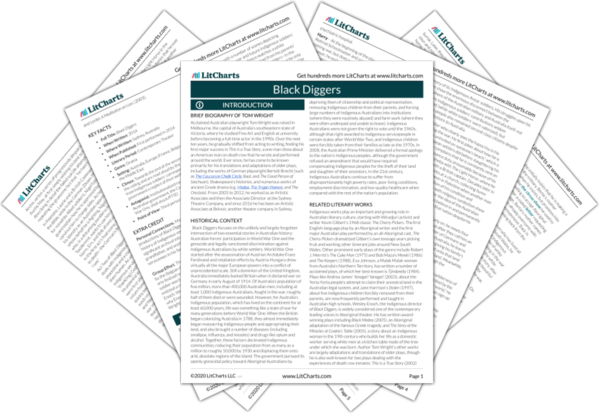This episode recalls Ern’s meeting with the son of his town’s barman, in which the white soldier promised Ern that he would always be invited into the bar. Unsurprisingly, this scene suggests that that was a false and unlikely promise, with not even the proof of Archie’s service initially sufficing to win him access to the bar. While the secretary luckily intervenes, the message is still clear: only military people, if anyone, will see the Indigenous veterans as equals—and even then, military people are likely simply making exceptions to their usual racism, rather than using their experience fighting aside Aboriginal men to question their racism altogether.
